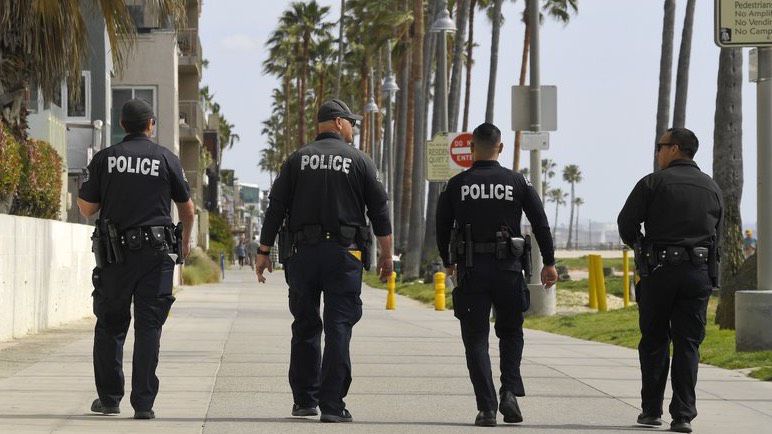
Written by: Nicole Florisi, Law Enforcement Subject Matter Expert – Investigative Focus
There is a great deal of stigma attached to post-traumatic stress disorder (PTSD) in the first responder community. With all the “talk” of officer wellness, officer mental health, and resiliency there is not the decrease in negative outcomes that one would like to see overall. Why is that? In some cases, it is the label of having a disorder. Words are powerful and there is a distinct difference in the word disorder versus injury. In other cases, it is nothing more than checking the boxes and “talk” about what should be done to increase positive outcomes. We know where talking gets us. Nowhere, just like it does in the training environment. If we do not teach, implement, and model the skills we want first responders to have, we are not doing what is best.
There is a large focus on the “management” of PTSD and a lot less focus on the areas of prevention and mitigation. There is weakness in the training and application of resiliency skills for first responders to succeed. We have come to a point where individuals stigmatize the word resiliency. If you do not want your officers to have the grit and resiliency to move through the trauma they experience, you are part of the problem.
Barriers to Seeking Help
I was contacted a few months ago by an officer who had the experience of handing a case involving the burned bodies of children. He was struggling (his words) and looking for someone to talk with that would be able to support him while he worked through these events. Unfortunately, the clinician he originally saw started crying when he was sharing the events that brought him to treatment. The clinician told this officer that they could not treat him, as the events that he saw were too “overwhelming for them.”
I am proud beyond belief that this officer still sought treatment. The individuals in his department were not supportive either. He was told by someone in upper management that seeing burned bodies was part of the job and he was weak. That person told this officer that PTSD was “a bunch of crap for people who couldn’t handle life.” And we wonder why officers experience challenges in the recovery process.
On an anecdotal level, I have spoken with several first responder psychologists and therapists. The main barrier to treatment that officers face is not usually moving through the critical incident. The barrier is agency betrayal. Sit with that for a minute. We should provide an environment where it is emotionally safe for first responders to work through their experiences.
Supporting Officer Wellness
The book One Badge, One Brain, One Life: Preventative Maintenance for Your Brain While in the Line of Duty is a fantastic resource for all law enforcement. This book provides information, education, and practical skills to reduce and mitigate symptoms of trauma. You can purchase the book here: One Badge One Brain One Life | Tapia Counseling & P (drrobbie.org)
At VirTra, our V-VICTA® curriculum supports officer wellness. It provides a foundation for coping and resiliency skills that can mitigate traumatic symptoms. VirTra simulators can be a part the process of reintegration for officers after a critical incident. This entails having a framework rooted in best practices that minimizes the risk of enhancing dissociation, derealization, and depersonalization that can accompany traumatic experiences. Both education and conversation are part of reducing stigma. No matter your rank or your role, you can be part of the solution.
Recently Published
Join Our Newsletter







